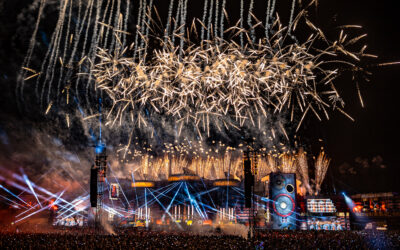Dance Explosion: How EDM in Asia’s Music Landscape Became an Unstoppable Force
Electronic Dance Music (EDM) is more than just music; it’s a global cultural phenomenon. Its infectious beats and high-energy performances have made it a staple in clubs, festivals, and radio stations all over the world. While EDM has its roots in the West, recent years have seen the genre explode in popularity across Asia, establishing it as a crucial emerging market for the electronic music scene.

Asia’s Cultural Pivot to EDM
Local Artists and EDM Adaptations
While international acts have been pivotal in introducing EDM to Asia, the local artists have played an equally important role in its sustained growth. These artists often blend traditional instruments and sounds with electronic beats, creating a fusion that’s both fresh and familiar.
Economic Impacts of EDM’s Rise in Asia

Challenges and Opportunities Ahead
The EDM Education and Training Scene
Nightlife Evolution: From Bars to Superclubs
Asia’s nightlife has evolved in tandem with the EDM wave. Cities like Bangkok, Tokyo, and Singapore, known for their vibrant nightlife, have seen a shift from traditional bars and karaoke lounges to sprawling superclubs. These venues, characterized by state-of-the-art sound systems, light shows, and capacity to house thousands of party-goers, have become the epicenter of the Asian EDM movement. Clubs like Zouk in Singapore or Octagon in Seoul are now considered to be among the best in the world.




